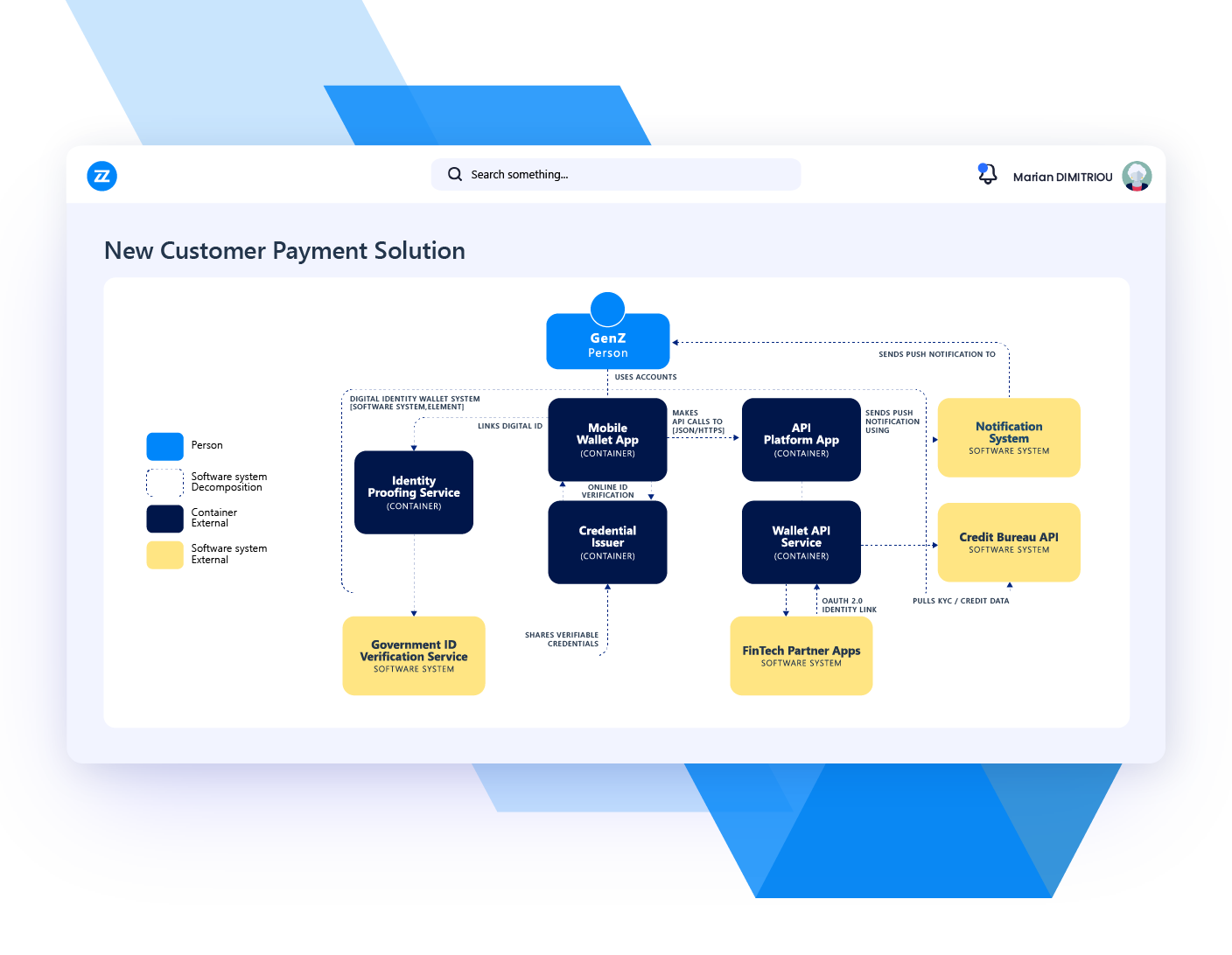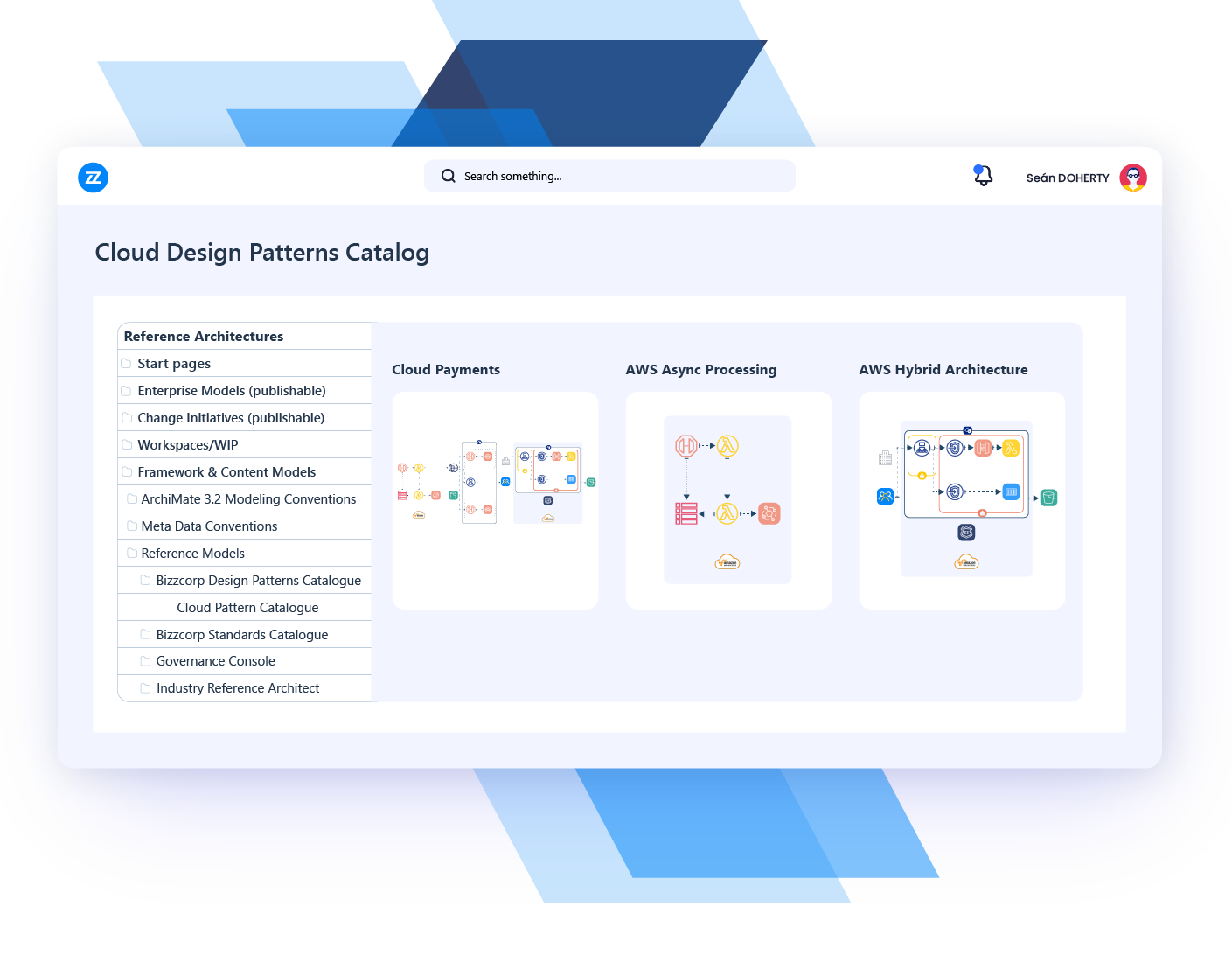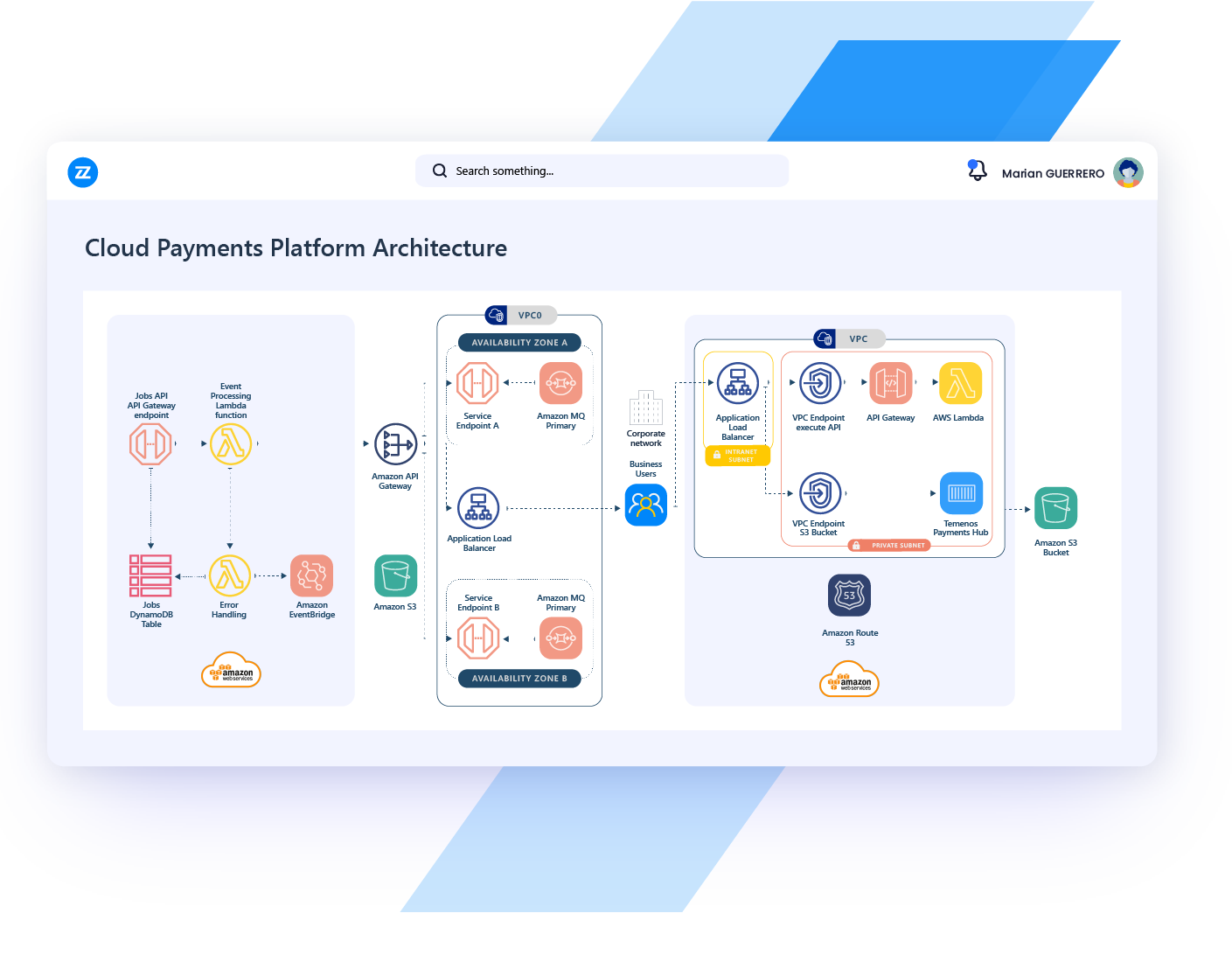Solution Architecture Management
Design Smarter, Deliver Faster
With Solution Architecture Management
Design Purpose-Built Solutions That Scale
From AI to cloud, mobile to security, and CX –– build faster, launch smarter, and deliver solutions at the speed and quality your business demands.
Fit-for-Purpose Solutions. Faster Delivery.
- Accelerate design with business context and reusable content.
- Ensure quality and alignment with templates and automated governance.
- Keep solutions in sync with business goals, principles, and standards.

Accelerate Delivery With Smarter Solution Design
Standardize, govern, and optimize architecture to deliver solutions faster –– aligned with business goals and built to scale.



